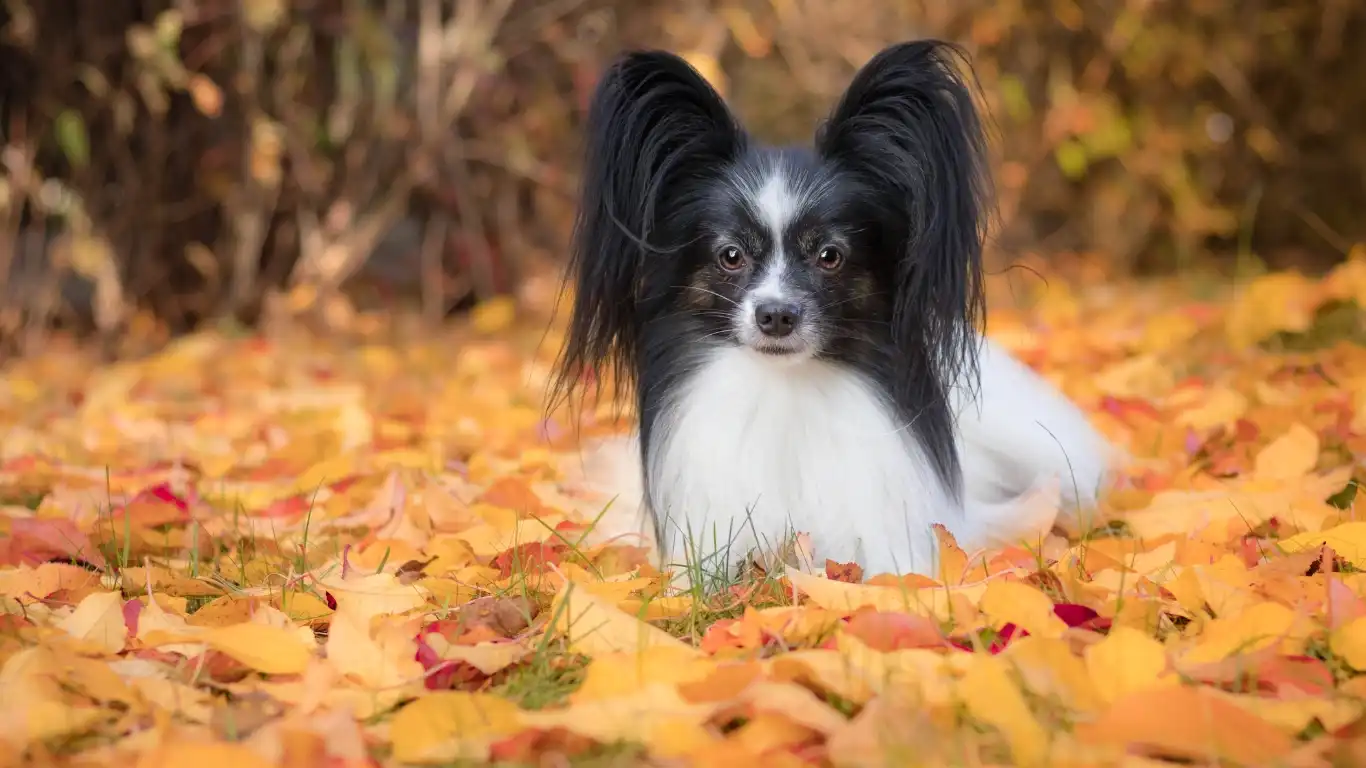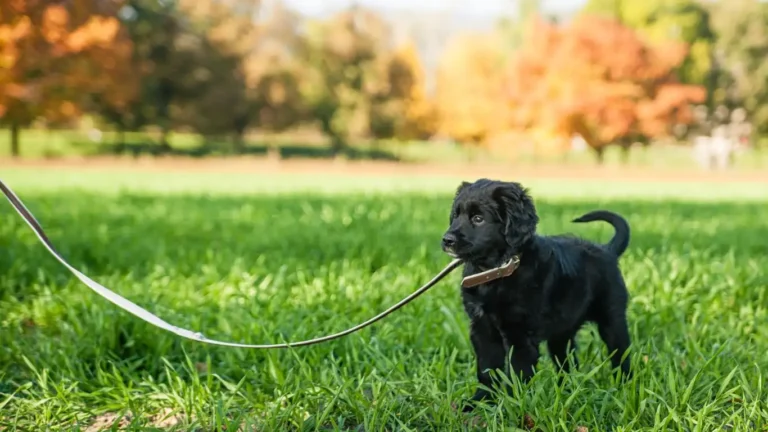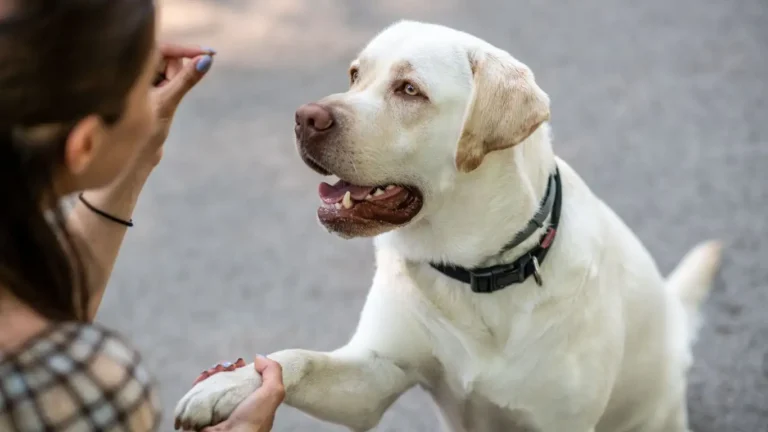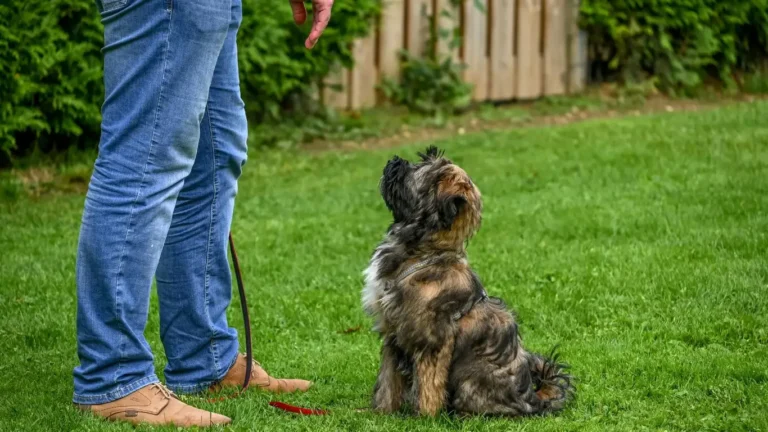How to Keep Your Dog from Jumping on Guests: Effective Tips for Calm Greetings
There’s nothing quite like that burst of excitement when your dog spots a new guest at the door — but let’s be honest, the jumping can quickly turn from adorable to overwhelming. If you’ve ever found yourself dodging paws or worrying about your dog’s overly enthusiastic greetings, you’re not alone. As a Veterinary Technician specializing in nutrition, I’ve worked with plenty of dogs and their families on behavior issues, and today I want to share some practical, real-world tips on how to keep your dog from jumping on guests without losing that joyful spirit.
Why Dogs Jump on Guests and What It Really Means
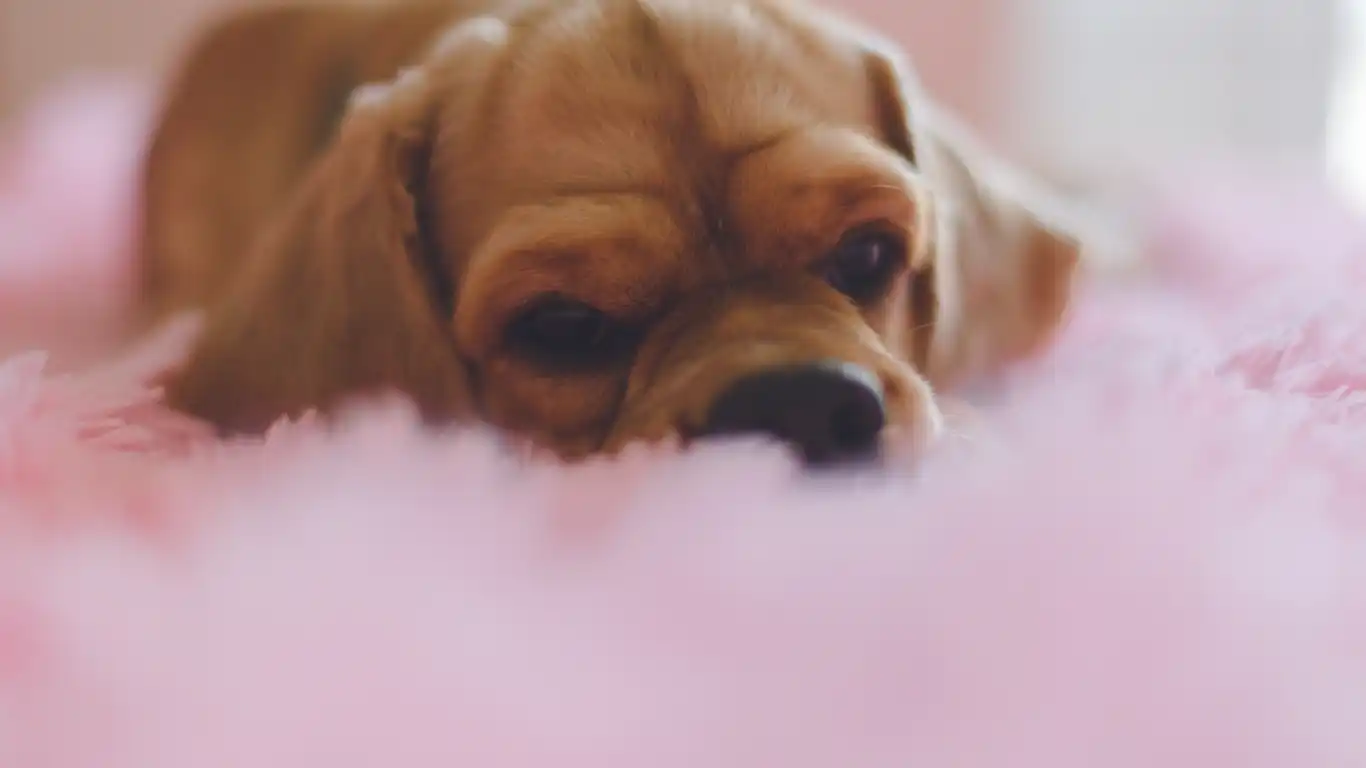
Jumping up is often a dog’s way of saying hello — they’re excited, happy, and trying to get your attention. But that doesn’t mean it’s okay to let it slide. In my experience working alongside pet parents, this behavior usually comes from a mix of excitement, lack of boundaries, and sometimes even anxiety. Understanding why your dog jumps is the first step in teaching them better manners.
The Excitement Factor
When someone new walks in, your dog’s adrenaline kicks in. Their heart races, tails wag, and jumping feels like the natural way to greet. It’s a bit like us running up to hug a friend we haven’t seen in ages — only your dog’s enthusiasm can be a bit more… overwhelming.
Seeking Attention and Boundaries
Dogs quickly learn that jumping grabs attention, even if it’s negative. If you’ve ever yelled “No!” or pushed them away, your pup might see that as a fun game rather than a correction. This is where setting clear boundaries comes in. It’s not just about stopping jumping, but teaching your dog what behavior you do want instead.
Signs of Anxiety or Overstimulation
Sometimes, jumping can be a nervous habit. Dogs that aren’t used to visitors, or who feel unsure, might jump as a way to cope with their jitters. If your dog shows other signs like pacing, whining, or lip licking, it’s worth addressing the root cause with gentle training and reassurance.
How to Keep Your Dog from Jumping on Guests: The Basics
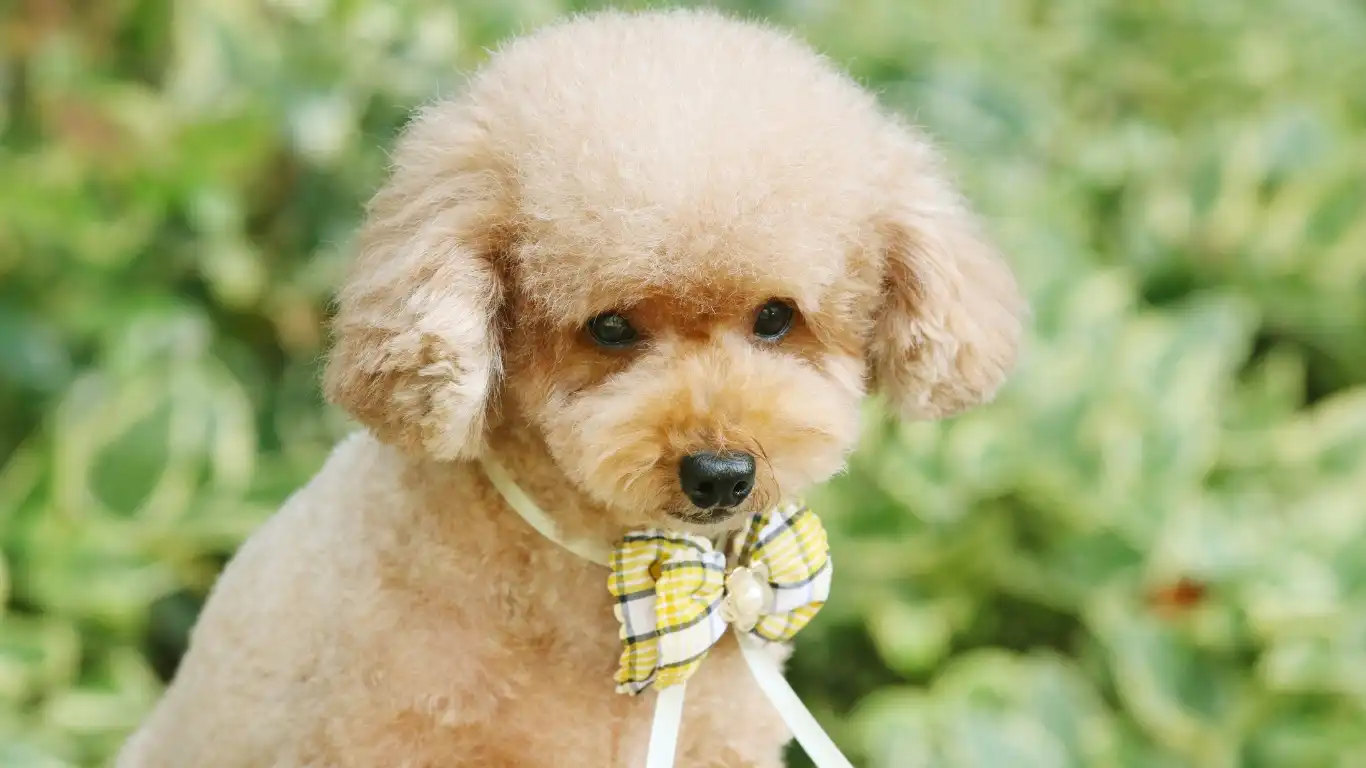
Here’s the good news: you can teach your dog to greet guests politely — and it often starts before the doorbell even rings. In my years working hands-on with dogs, the key is consistency and positive reinforcement. Here’s a solid foundation to get you started:
1. Manage the Environment
- Use baby gates or leashes: Control the situation by limiting your dog’s access to the front door. This gives you time to prepare your dog to behave calmly before guests enter.
- Create a safe space: Designate a cozy spot with a bed or crate where your dog can retreat when visitors arrive, helping reduce overstimulation.
2. Teach an Alternate Behavior
Simply telling a dog “don’t jump” is often not enough. Instead, teach them what you want them to do instead — like sitting politely. From my experience, rewarding a calm sit when the doorbell rings creates a positive association and redirects their energy.
3. Practice Regularly
Training is not a one-time thing. Role-playing visitor arrivals with family members or friends helps your dog learn to respond the right way over time. Keep sessions short but frequent, making them fun and rewarding.
Advanced Tips to Keep Your Dog from Jumping on Guests
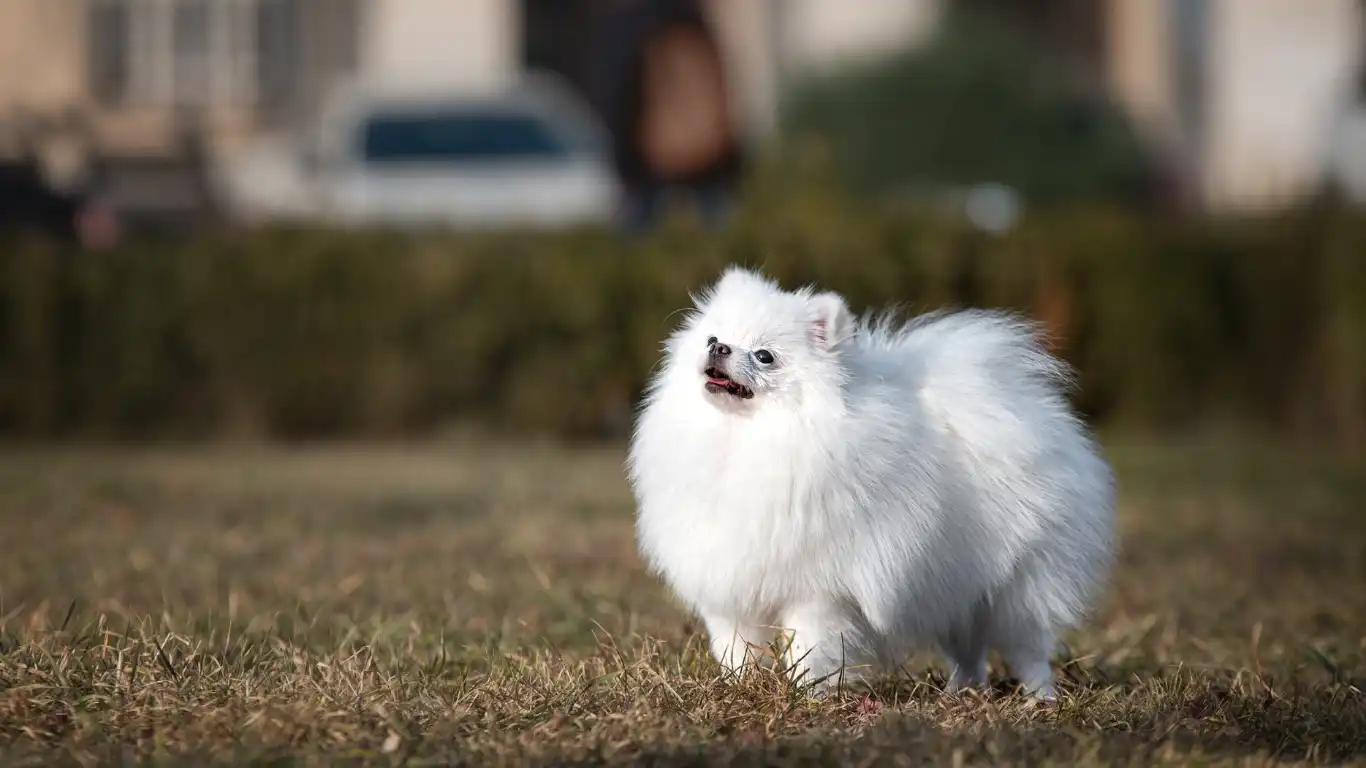
Once you’ve got the basics down, it’s time to level up. From my years working as a Veterinary Technician, I can tell you that some dogs just need a little extra patience and creativity to really nail polite greetings. Here are some advanced strategies that have helped many of the pups I’ve worked with — including some with serious energy to burn.
Use Positive Reinforcement Like a Pro
Positive reinforcement is a total game-changer. Whenever your dog chooses to stay calm or sits nicely instead of jumping, make a big deal out of it! Use treats, praise, or their favorite toy — whatever gets them excited to repeat the good behavior. I’ve seen shy or nervous dogs respond beautifully when they realize being calm means good stuff comes their way.
One trick I personally love is using high-value treats only during guest arrivals, so your dog learns that visitors = awesome rewards. Over time, they’ll be more motivated to keep all four paws on the ground.
Train the “Off” or “No Jump” Cue
Teaching your dog a specific cue like “off” can be super helpful. When they start to jump, calmly say “off,” then immediately reward them once all paws are on the floor. Consistency is key here — make sure everyone in the house uses the same cue so your dog doesn’t get confused.
From my experience, dogs appreciate clear communication. Mixed signals only make training last longer, so keep it simple and patient.
Leverage the Power of “Place” Command
Another method I recommend is teaching your dog to go to a designated spot — a mat, bed, or crate — when guests arrive. This “place” command gives your dog a clear job to do and reduces jumping by keeping their excitement focused in one area.
To start, bring your dog to their spot, give a treat, and reward calm behavior. Gradually increase the time they stay there while you greet your guests. Eventually, your dog will learn that going to “place” equals fun and relaxation, not chaos at the door.
Handling Stubborn Jumpers: Real-Life Challenges & Solutions

Sometimes, no matter how much training you do, your dog just won’t quit jumping. Don’t get discouraged — it happens to the best of us. In my career, I’ve seen dogs who needed tailored approaches because their excitement levels or past habits were tougher to break.
Be Patient and Stay Calm
Dogs can sense your emotions, so if you’re stressed or frustrated, they might get more amped up. Keep your tone light and calm, and remember that patience pays off. It’s a process, not an overnight fix.
Don’t Reinforce Jumping Accidentally
This one trips up a lot of owners. If you push your dog away, yell, or even laugh when they jump, they might think it’s a game. Instead, try turning your back or crossing your arms to ignore the behavior. Once your dog has all four paws on the ground, give them attention and praise. It sounds simple, but consistency here really shifts the dynamic.
Consider Professional Help
If your dog’s jumping is extreme or tied to anxiety, consulting a professional trainer or behaviorist can make a huge difference. When I’ve worked alongside trainers, the collaboration with veterinary nutrition knowledge helps address your dog’s overall wellbeing, including managing stress through diet and supplements.
Setting Up for Long-Term Success
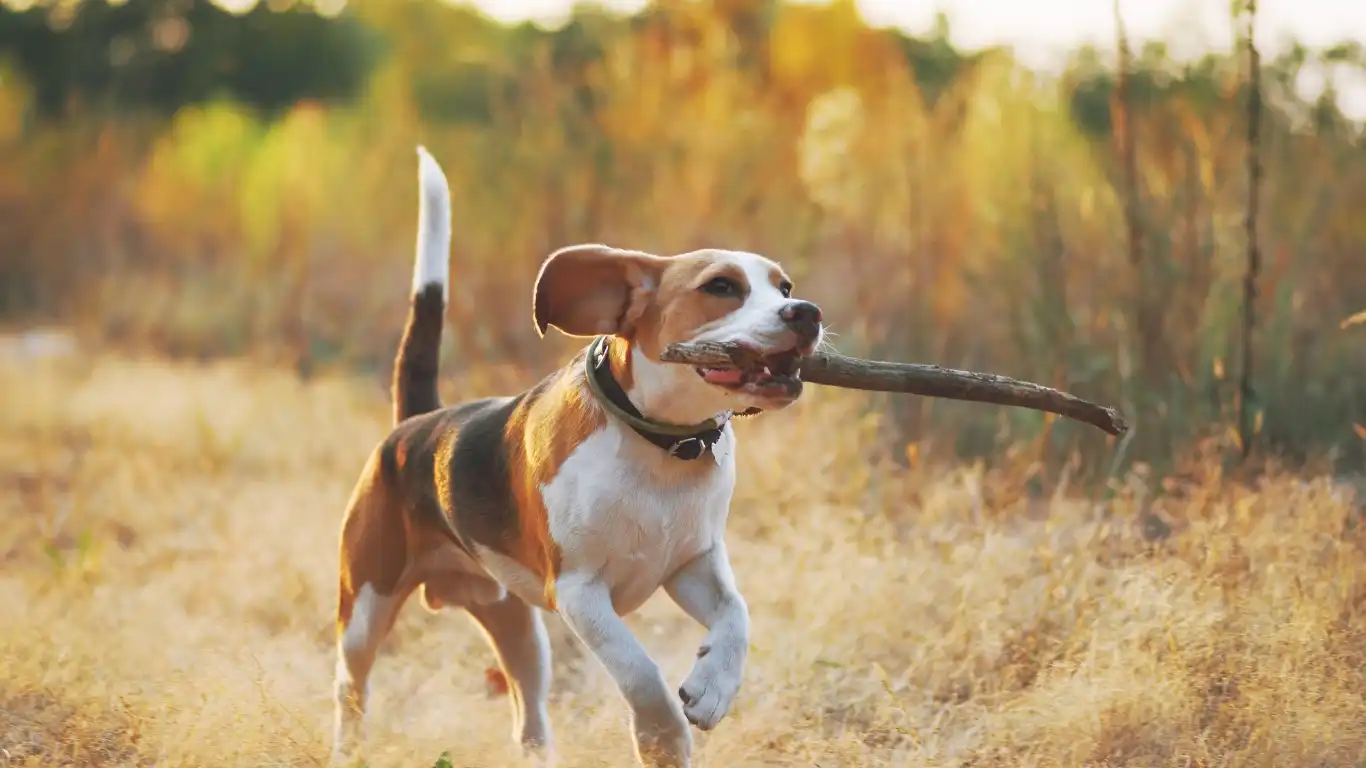
Training your dog not to jump is definitely doable, but it takes a little strategy and a lot of love. Beyond the training itself, I always encourage dog parents to focus on keeping their pups healthy and balanced through good nutrition and exercise. A well-fed, exercised dog is a calmer dog — and that makes all the difference when guests come knocking.
Keep Your Dog Mentally and Physically Stimulated
One of the biggest things I emphasize in my nutrition work is how diet impacts energy and behavior. Combine a balanced diet with regular walks, playtime, and mental challenges like puzzle toys — and you’ll see your dog’s overall excitement become more manageable.
Consistency is Your Best Friend
Every visitor is an opportunity to practice calm greetings. Stick to your training plan, celebrate small wins, and keep everyone on the same page — including family and friends who visit. Over time, your dog will learn that jumping just isn’t part of the welcome party anymore.
Troubleshooting Common Pitfalls When Training Your Dog Not to Jump
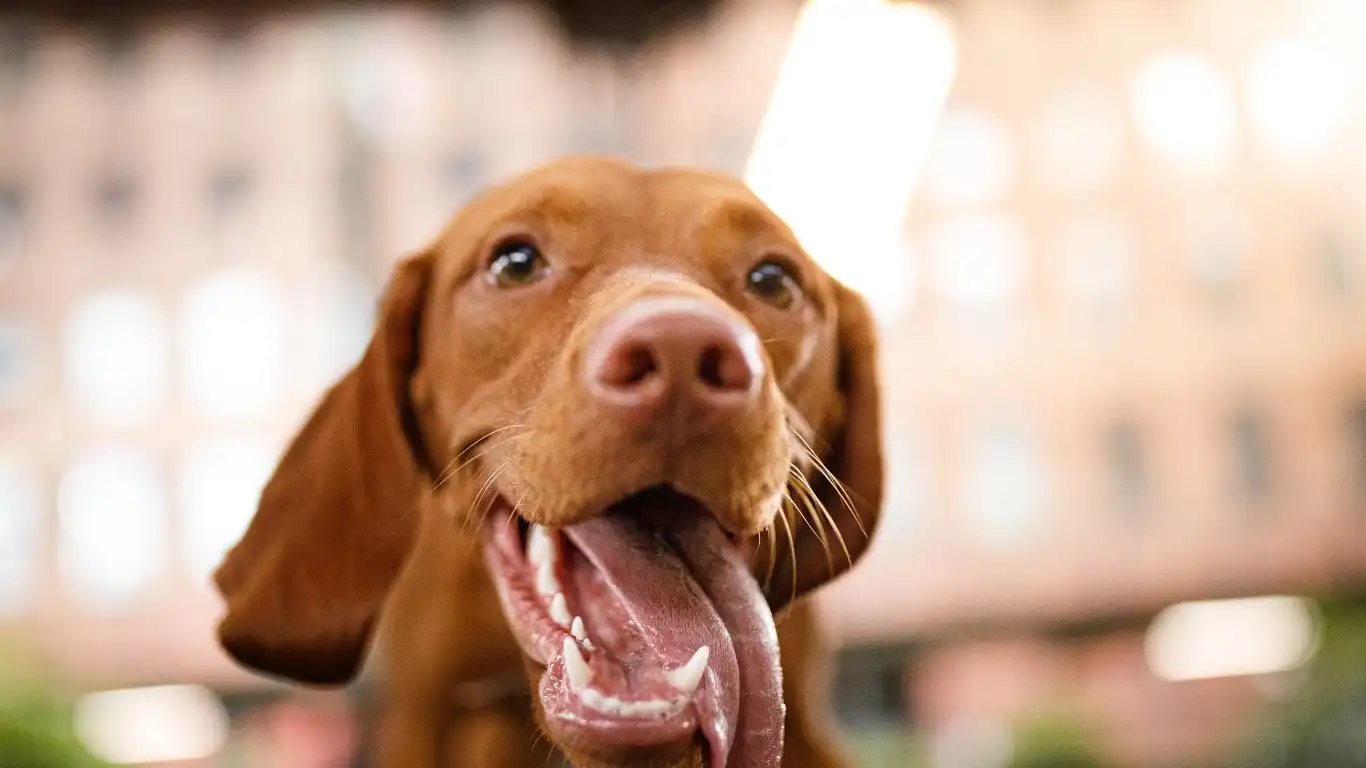
It’s totally normal to hit some bumps along the way when teaching your dog how to greet guests politely. Over the years, working hands-on as a Veterinary Technician, I’ve noticed a few common challenges that can trip up even the most motivated dog parents. Here’s how to troubleshoot those issues without losing your cool.
Your Dog Jumps Even When You Ask Them Not To
If your dog seems to ignore the “off” or “no jump” commands, it might be because the excitement level is just too high in that moment. In my experience, it helps to reduce the intensity of the greeting situation. This could mean having guests enter calmly and quietly at first, without engaging your dog immediately. Sometimes, a slow, controlled entrance gives your dog time to settle down before the excitement builds.
Also, consider breaking down the training into smaller steps. Practice with a family member acting as a guest, and reward your dog for even small improvements. Remember, patience is the name of the game.
Guests Encourage Jumping Without Knowing It
One thing I always stress with my clients is that everyone in the household — including visitors — has to be on the same page. Guests might unintentionally reward jumping by petting or greeting your dog while they’re in mid-air. A quick chat with your friends or family can prevent this. Let them know to wait until your dog’s paws are firmly on the ground before giving attention.
Inconsistent Training Makes Progress Slow
Consistency can feel like a tall order, especially when life gets busy. But in my experience, dogs thrive on routine and clear expectations. If you’re having a tough time staying consistent, try setting reminders on your phone or using a training journal. Even quick 5-minute daily practice sessions can add up to big changes over time.
How Nutrition and Health Play a Role in Behavior
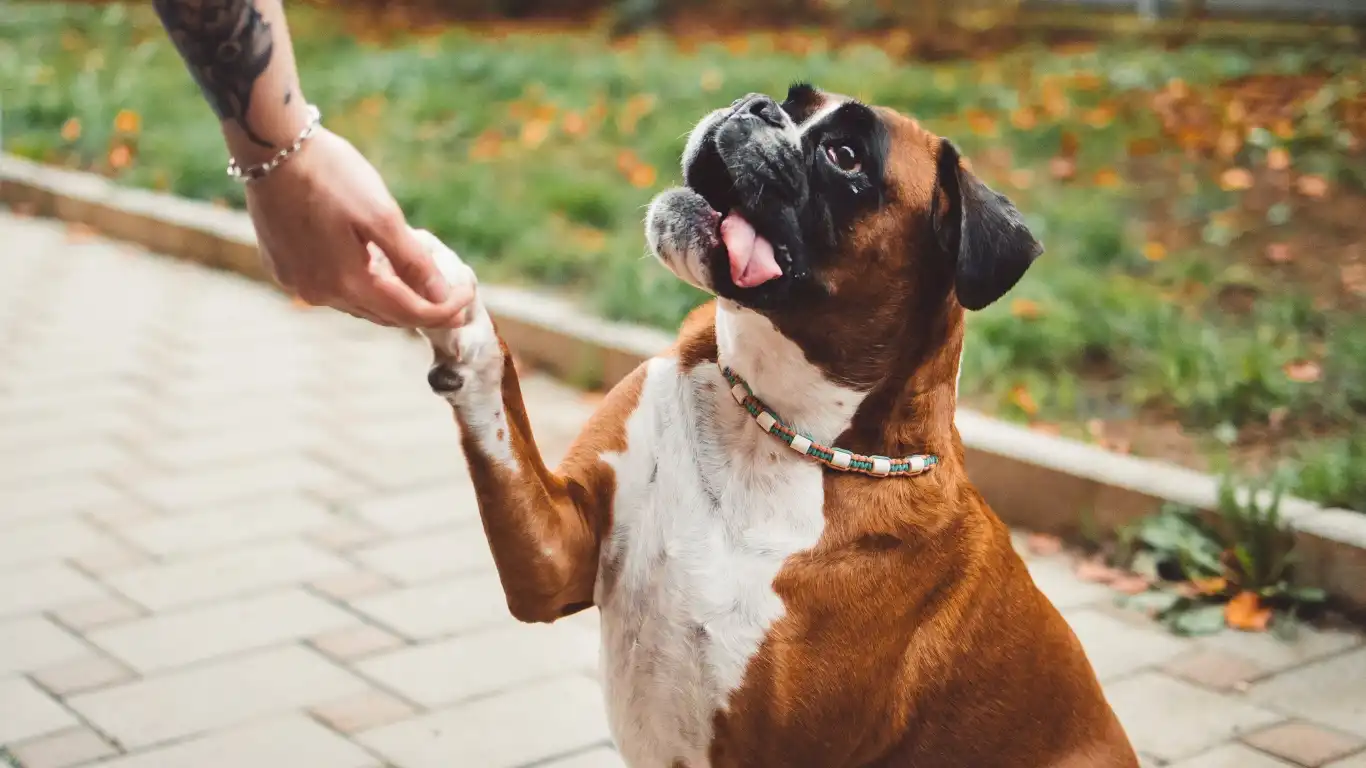
As someone who specializes in veterinary nutrition, I can’t stress enough how much a dog’s diet influences their overall behavior, including how they greet guests. A well-balanced diet supports brain function, energy levels, and emotional stability — all crucial when you want your dog to stay calm and polite.
Balanced Diet = Balanced Behavior
From my personal experience, dogs on high-quality nutrition tend to have steadier energy throughout the day, which helps reduce hyperactive bursts like jumping. Omega-3 fatty acids, antioxidants, and essential vitamins work together to support cognitive function and reduce anxiety, making your dog more receptive to training.
Supplements That Might Help
Sometimes, adding supplements like fish oil or calming blends can be a helpful tool in your training toolkit — especially for dogs prone to excitement or nervousness. Of course, I always recommend discussing any supplements with your veterinarian to tailor the approach to your dog’s specific needs.
Final Thoughts on How to Keep Your Dog from Jumping on Guests
Teaching your dog to greet guests politely is absolutely within reach with the right mindset and tools. By combining consistent training, positive reinforcement, and attention to your dog’s nutrition and emotional health, you’re setting up both you and your furry friend for success.
Remember, every dog is unique, and what works for one pup might take a little tweaking for another. The key is to stay patient, celebrate progress, and enjoy the bonding experience that comes with training.
References
- American Veterinary Medical Association
- ASPCA
- American Gastroenterological Association
- American Kennel Club
Disclaimer
This article is for informational purposes only and is not a substitute for professional veterinary advice, diagnosis, or treatment. Always seek the advice of your veterinarian or qualified animal behaviorist with any questions you may have regarding your pet’s health or behavior. Individual results may vary depending on your dog’s temperament, health, and training history.
